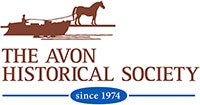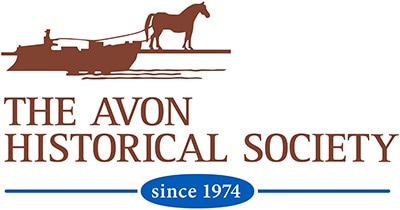The partnership of the Avon Historical Society, Avon Free Public Library, and Avon Senior Center is pleased to present a five-part webinar series entitled “Unearthing History: The Discovery of a 12,500-year-old Paleo-Indian Site along the Farmington River in Avon, CT” beginning on March 4th held via Zoom through a link from the Library. It is available free of charge.
This series of five lectures are being held in response to the 2018-2019 excavation of a 12,500-year-old (10,000BC) Paleo-Indian site six feet below ground during a CT Department of Transportation construction project of the now completed bridge on Old Farms and Waterville Roads at Route 10 in Avon, CT. The survey uncovered more than 15,000 artifacts that are characteristic of the Early and Middle Paleo-Indian periods. The site is named for Brian D. Jones, the late Connecticut State Archaeologist, who led the effort to dig deep based on earlier digs in the area over the past few decades. As of this writing, this site is considered the oldest archaeological site of its kind in the region.
The “Unearthing History” webinar series will break down the many pieces of scientific work done during and after a dig of this kind. Experts in the field of geology, archaeology, anthropology, sociology, and the Farmington River will provide background and help in understanding the rich nature of this site. At a very large public presentation in Avon one year ago, pre-pandemic, Dr. David Leslie of the Archaeological and Historical Services (AHS) of Storrs, CT, the firm contracted by the CT DOT to do the excavation and multi-year analysis, provided a large array of scientific data compiled in their first year of analysis. After that presentation, many in the audience asked questions such as how and why this site has been preserved for so long, what is radiocarbon dating, how the early people came to choose this site to work at, how they lived, and what role did the Farmington River play in all this. The Society, Library, and Senior Center, with cooperation from the Town of Avon, have taken the lead to provide educational events for the public on all aspects of the site for as long as the analysis takes to develop. They thank the Farmington Bank Community Foundation for financial support of this year-long series.
According to Dr. Lucianne Lavin of the Institute for American Indian Studies in Washington, CT, the site of a slightly later Paleo-Indian site, the last Ice Age in this region began to melt away about 17,500BP (Before the Present). As it receded, a lush new land was exposed that provided for animal life to return about 13,500BP in the form of tundra-grazing animals such as mastodons, mammoths, horses, giant beaver, caribou, and more. The ancient communities of the Paleo-Indians are thought to have begun to arrive in the northeast after that time in search of those animals for food. They were the first settlers of what is now Connecticut and southern New England. (Connecticut’s Indigenous Peoples, by Lucianne Lavin, 2013, Yale University Press)

